Are you struggling to understand the intricate world of V belts and pulleys?
Understanding the Mechanics of V-Belts and Pulleys
Target Audience:
This detailed analysis is geared towards engineers, mechanics, and anyone seeking a comprehensive understanding of V-belt and pulley systems.
Summary of Key Points:
– The properties of V-belts and how they interact with pulleys are crucial for proper power transmission.
– Proper selection, installation, and maintenance of V-belt systems ensure optimal performance and longevity.
– Technological advancements have led to innovative V-belt designs that cater to specific industrial needs.
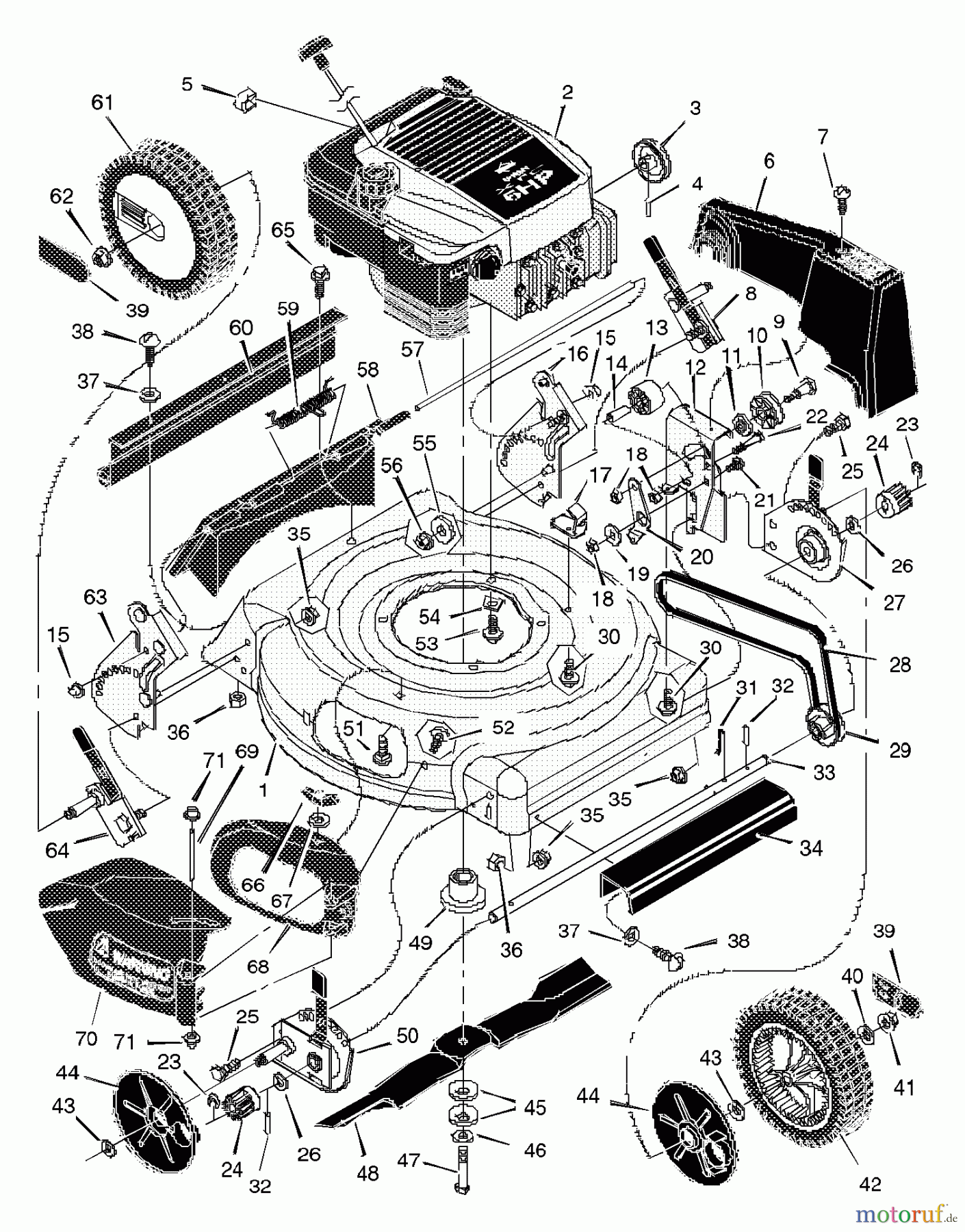
Personal Experience and Explanation:
In my years as an engineer, I’ve witnessed firsthand the critical role V-belts and pulleys play in various industrial applications. These systems are responsible for transmitting power efficiently, connecting motors to machinery, and ensuring smooth operation. By delving into their mechanics, we gain a deeper appreciation for their significance.

History and Evolution:
The use of belts and pulleys for power transmission dates back centuries. Early systems utilized flat belts, but V-belts emerged as a more efficient alternative in the 19th century. V-belts provide better grip and can transmit higher power at lower tensions. Over time, technological advancements have refined V-belt designs, resulting in improved performance and durability.
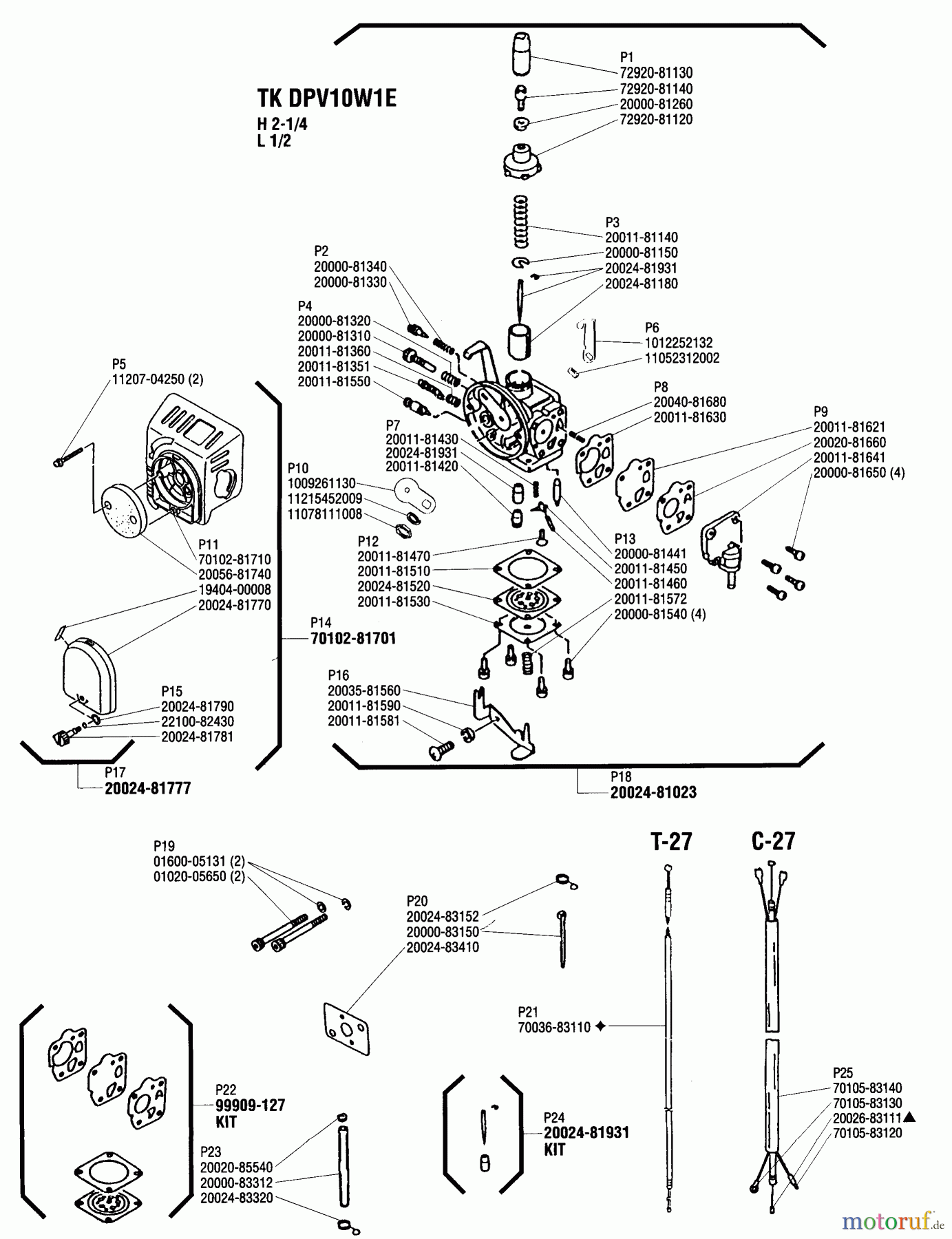
Unveiling the Hidden Secrets:
V-belts and pulleys work in harmony to achieve optimal power transmission. The V-shaped cross-section of the belt fits snugly into the corresponding groove on the pulley, preventing slippage. This interlocking mechanism maximizes friction and ensures positive engagement. Proper tensioning is also crucial to maintain alignment and prevent premature wear.

Expert Recommendations:
Selecting the right V-belt and pulley combination is essential for efficient power transmission. Factors to consider include belt size, pulley diameter, power requirements, and operating environment. Proper installation and tensioning are also crucial to ensure optimal performance. Regular inspections and maintenance are vital to detect any signs of wear or damage, preventing untimely failures.
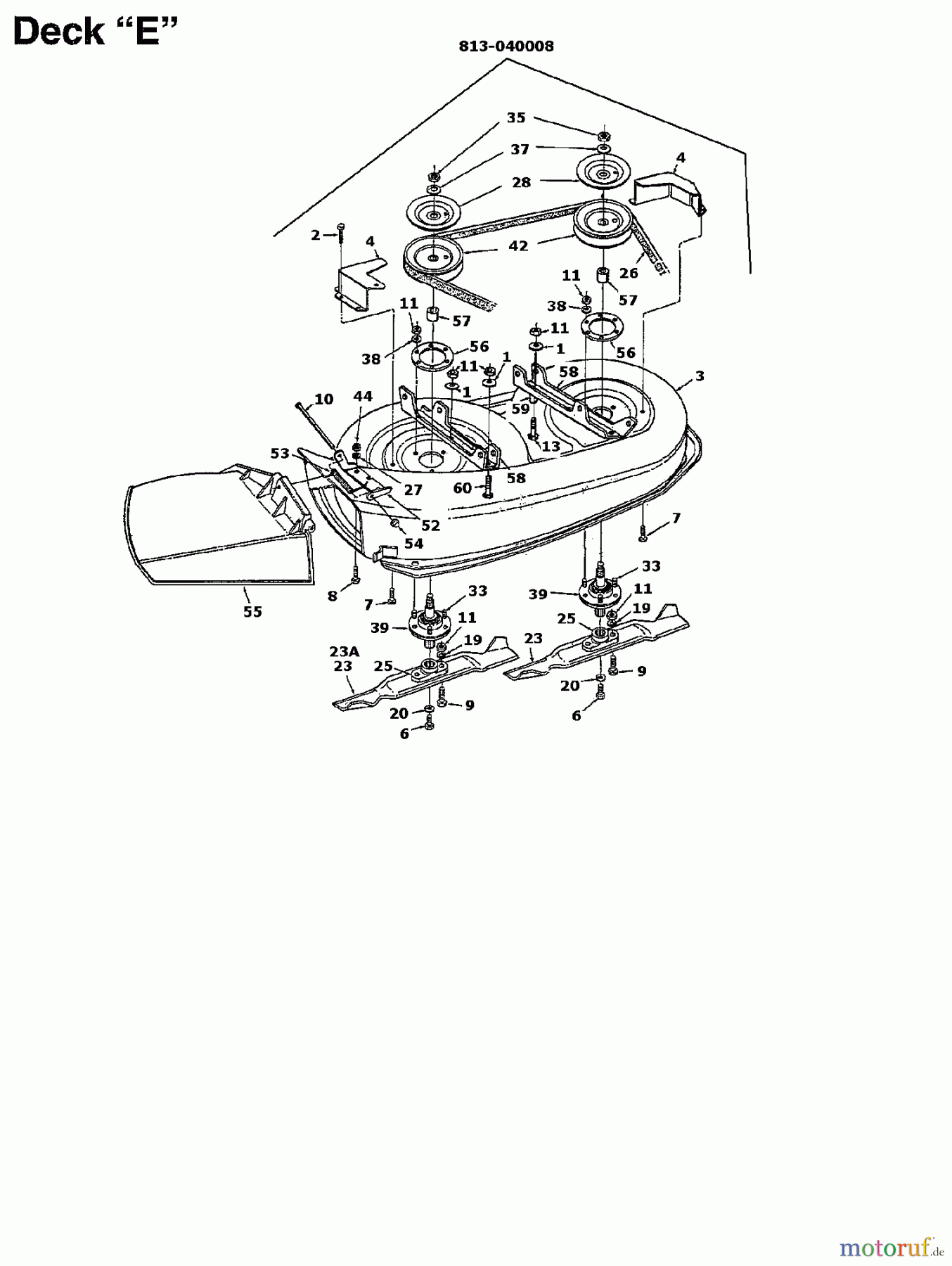
Factors to Consider When Choosing a V-Belt:
– Belt size (length, width, and height)
– Pulley diameter
– Power requirements
– Operating environment (temperature, humidity, exposure to chemicals)
Tips for Optimal Performance:
– Ensure proper tensioning to prevent slippage and premature wear.
– Regularly inspect belts and pulleys for any signs of damage or misalignment.
– Clean belts and pulleys periodically to remove dirt and debris.
– Replace belts as recommended by the manufacturer to maintain optimal efficiency.
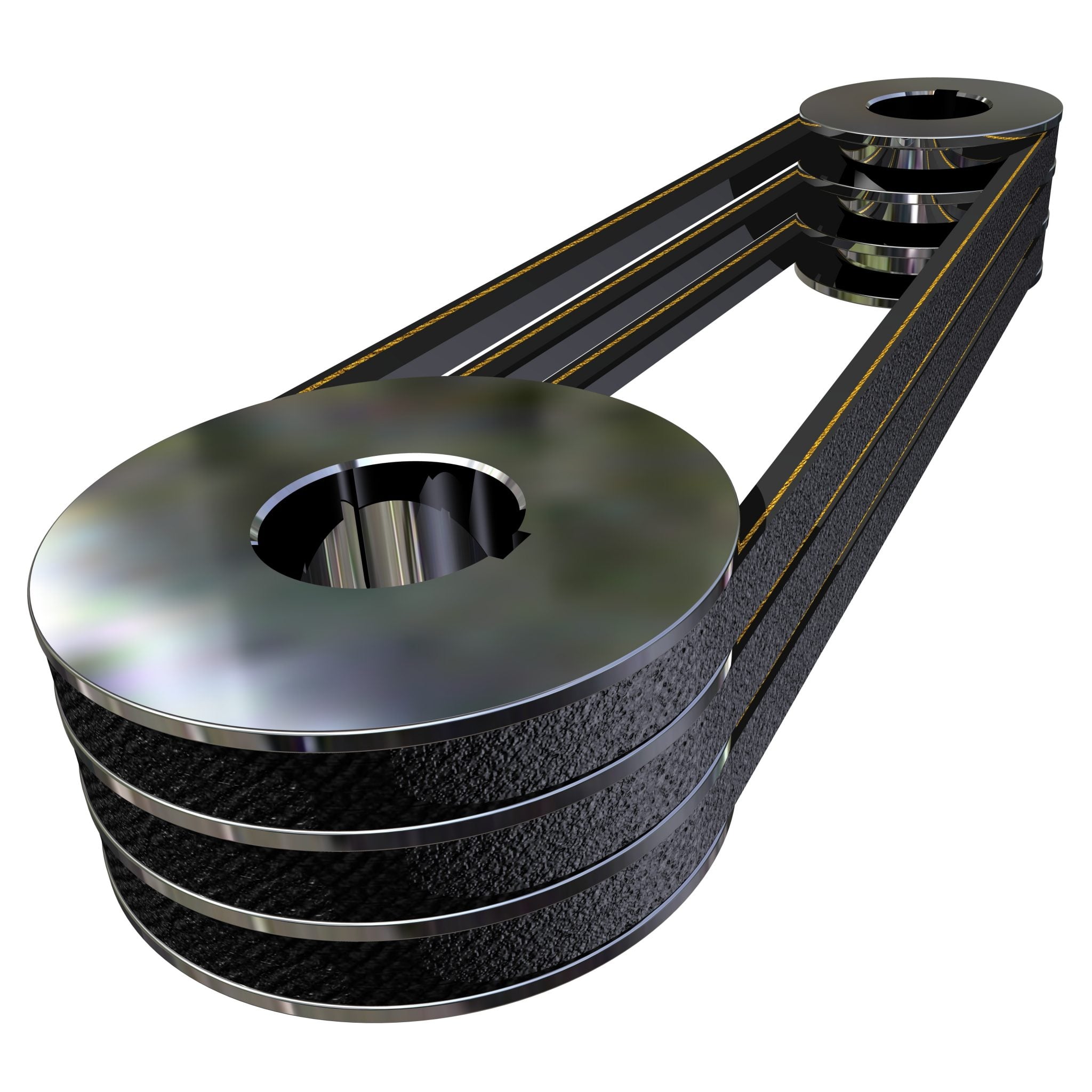
Fun Facts:
– V-belts were initially used in the agricultural industry to transmit power from tractors to farm equipment.
– Some V-belts are designed with ribbed or notched surfaces to enhance traction and reduce noise.
– Variable-speed pulleys allow for adjustments in the speed ratio between the motor and driven machinery.
How to Implement:
Implementing V-belt and pulley systems requires careful planning and execution. Proper selection, installation, and maintenance are crucial for ensuring optimal performance and longevity. Collaborating with experienced engineers and following industry best practices is highly recommended.
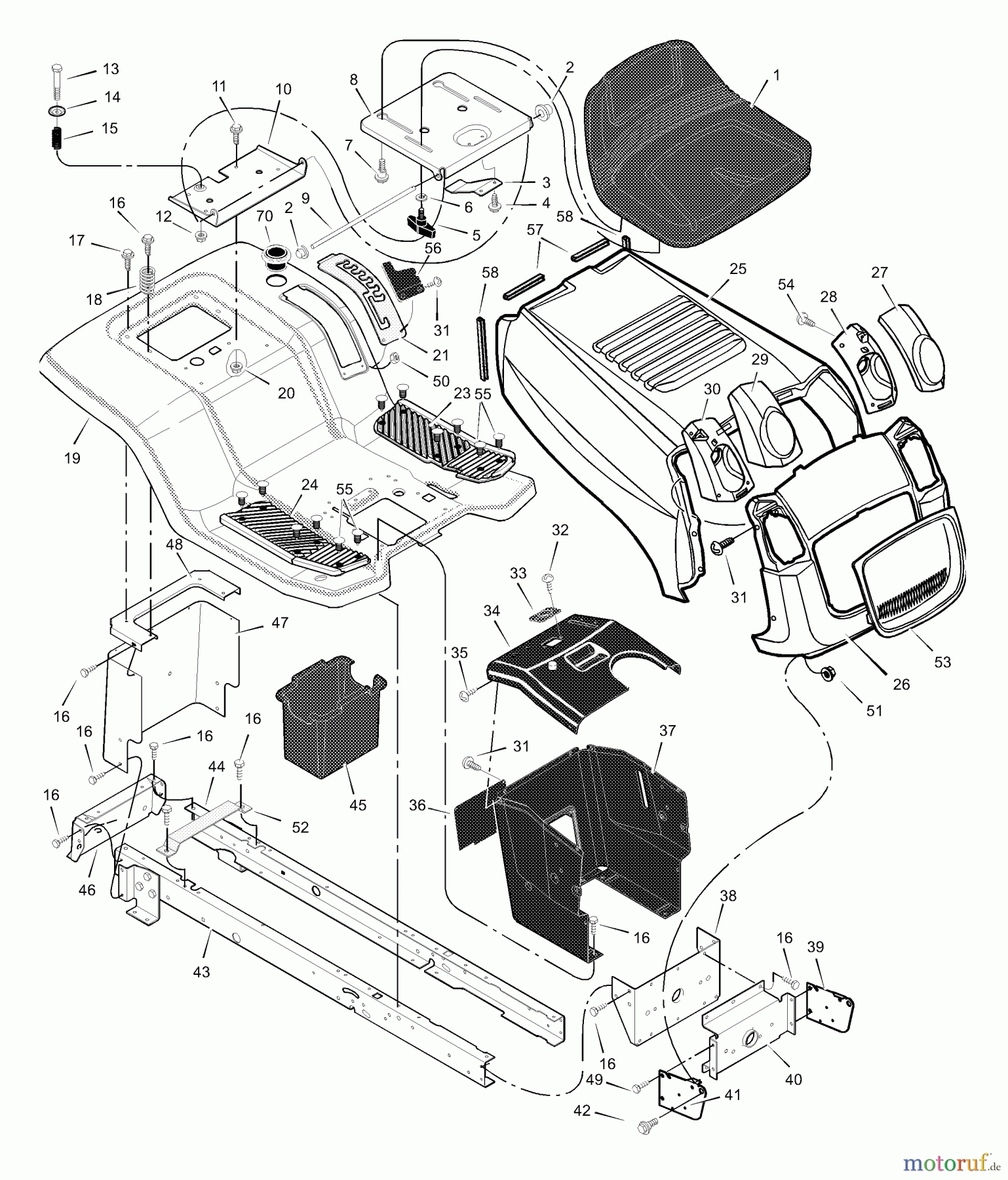
What If Analysis:
Failure to properly tension V-belts can lead to slippage, reduced power transmission, and premature belt wear. On the other hand, over-tightening can damage the belt or bearings. Regular inspections and maintenance are essential to identify and resolve potential issues before they escalate.
Conclusion:
Mastering the mechanics of V-belts and pulleys is essential for efficient power transmission in various industrial applications. By understanding their properties, selecting the right components, and practicing proper maintenance, you can harness the full potential of these systems for reliable and long-lasting performance.